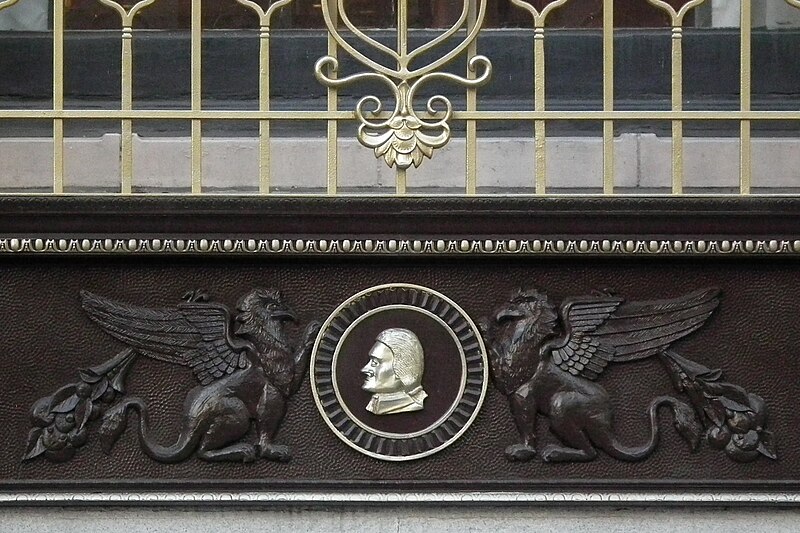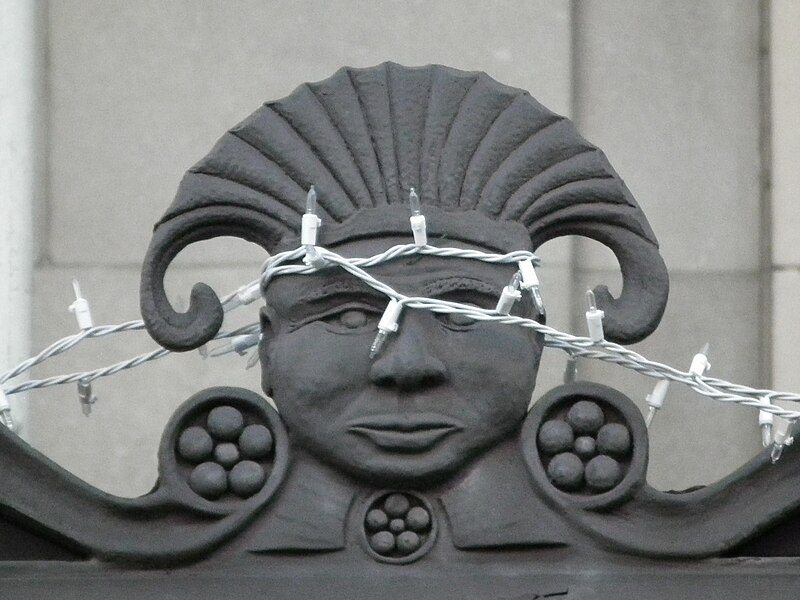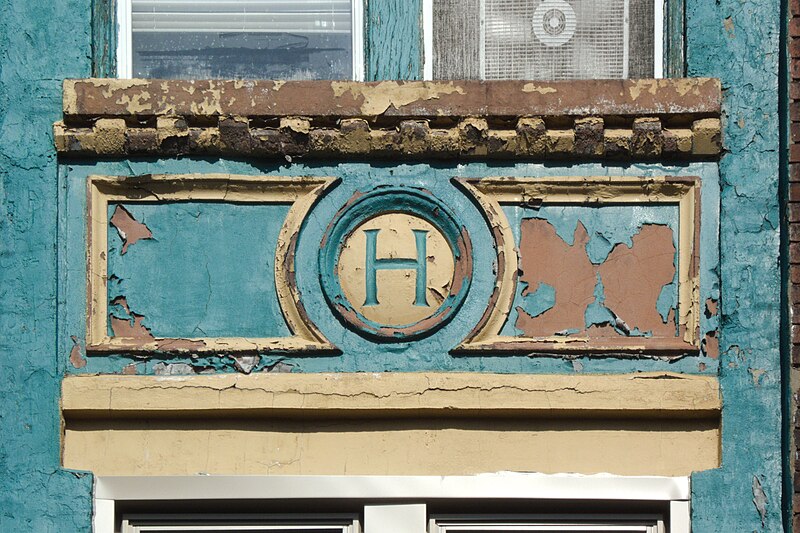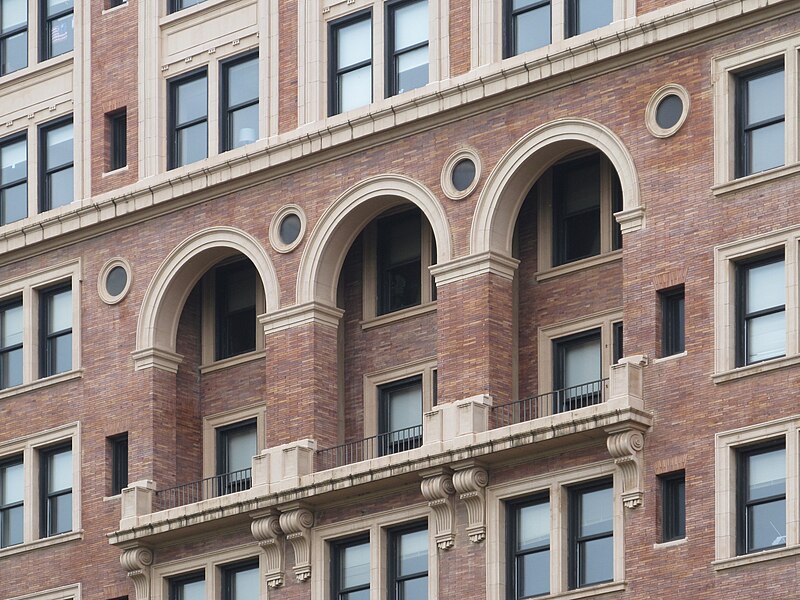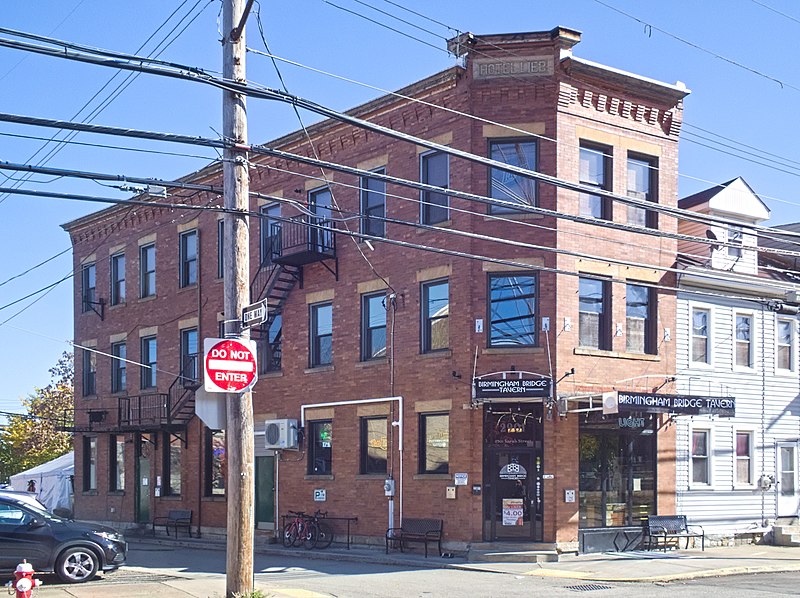
This was built as the Pittsburgh Hilton, which opened in 1959. William Tabler, the house architect for Hilton Hotels, designed the main building, which is a box of square windows. Originally the parts between the windows were gold-colored aluminum, but that was painted over to remove the last trace of anything exciting about the building.
In 2014, after years of delays and a change of ownership, a new lobby addition opened on the front of the building, designed by Stephen Barry of Architectural Design, Inc. In old Pa Pitt’s opinion, the addition does not belong on this building. It belongs on a much more interesting building. Here it looks like some sort of parasite attacking the main structure. Nothing about it matches the original building in shape or color, and it is too interesting not to draw attention to itself as something that does not belong here.















